Customs duties are economic instruments designed to protect domestic production and
rebalance the trade balance. However, they can affect the domestic market, international relations and financial markets. This article analyzes the effects of tariffs on various economic sectors and major global economies, with a focus on the United States.
I am not a financial advisor:
The information provided does not constitute a solicitation for the placement of personal savings. The use of the data and information contained as support for personal investment operations is at the complete risk of the reader.
Contents
#1. Domestic economic impact of tariffs
When a country imposes tariffs on imports, foreign products become more expensive. This encourages consumers to buy domestic goods, giving local companies an advantage. However, this measure has complex repercussions:
- Price increases: Domestic producers may increase prices as foreign competition becomes less accessible,
- Protection of domestic industry: Some sectors, such as agriculture and manufacturing, benefit from tariffs, since they can grow without foreign competition,
- Inflationary effect: The increased internal circulation of local currency and the higher cost of imports can increase inflation, especially if you are dependent on foreign goods,
- Reduction of choice for consumers: the supply of products available on the market decreases, limiting competition and reducing the average quality of the goods available,
- Trade balance rebalancing: reduces the inflow of foreign goods, favoring domestic production and improving the trade balance.
If tariffs are applied in a targeted manner, they can foster the growth of domestic industry, leading to increased investment, employment and innovation. However, if they are applied excessively or across the board, they can reduce the competitiveness of companies, fostering inefficiency. Furthermore, excessive price increases can reduce the purchasing power of consumers, generating a reduction in demand and possible economic stagnation.
Another aspect to consider is the impact on sectors that depend on imported raw materials. If tariffs are imposed on components that are essential for industrial production, companies may have to increase the prices of their finished products, reducing their competitiveness even on the domestic market. This scenario can lead to a vicious circle in which companies pass on the increased costs to consumers, causing a chain reaction in the domestic economy.
Finally, strong protectionism could limit foreign investment, discouraging the creation of new jobs and slowing technological innovation. In a globalized economy, excessive tariffs risk isolating a country from the rest of the world, with long-term repercussions on economic growth and the ability to compete in international markets. crescita economica e sulla capacità di competere nei mercati internazionali.
#2. Impact on investment classes
The introduction of tariffs significantly changes the markets for raw materials, precious metals, stocks, bonds and real estate. The consequences depend on the type of tariff applied and the reaction of the global market.
Impact on raw materials
Commodities are often among the goods most affected by tariffs, especially when they concern strategic sectors such as agriculture and energy. A tariff on exports from an oil-producing country, for example, can significantly increase the price of crude oil, with repercussions throughout the global economy. The same is true for industrial metals such as aluminum and copper, which are essential for manufacturing production.
Impact on precious metals
Precious metals, such as gold and silver, tend to benefit from scenarios of economic uncertainty caused by rising tariffs. Investors see these assets as a safe haven in times of geopolitical tension and financial instability. If a trade war escalates, gold and silver prices tend to rise, while other risky assets may decline in value.
Impact on actions
Stock markets, on the other hand, react in a more complex way. Companies that operate in sectors protected by tariffs can see an increase in their capitalization, thanks to the protection of the internal market. However, companies that depend on the import of components or raw materials can suffer heavy repercussions due to the increase in production costs. Stock market indices, therefore, tend to be very volatile during the introduction of new customs tariffs.
Impact on bonds
Bonds are also affected by tariffs, especially in relation to the monetary policies adopted by central banks in response to economic tensions. If inflation increases due to the increase in prices caused by tariffs, central banks may raise interest rates, leading to a decline in the value of bonds. Conversely, if trade tensions lead to a recession, investors may move towards government bonds that are considered safer, increasing the demand for government bonds.
Impact on real estate
Finally, the real estate sector may be affected in several ways by tariffs. If the tariff increase affects imported building materials , the cost of building new homes may rise, reducing the number of new homes available on the market. This could lead to an increase in property prices, especially in cities with high demand. On the other hand, if trade tensions slow economic growth and reduce the purchasing power of the population, the real estate sector may contract , reducing demand and causing home prices to fall.
#3. Effects on foreign countries
When a nation imposes tariffs, exporting countries suffer a contraction in sales. In response, they can apply counter-tariffs , giving rise to real trade wars.
Countertariffs have similar effects to initial tariffs, limiting trade and penalizing the exports of the nations involved. If a nation that exported products with low margins is subjected to a tariff, it may no longer be able to compete in the market and suffer a domestic economic crisis. This can have significant repercussions, especially for economies that are more dependent on exports.
Trade wars can also disrupt global supply chains. If tariffs make a market less profitable, companies may seek alternative suppliers or customers, reorganizing entire production sectors. This process can cause macroeconomic instability and have negative effects on global economic growth.
In the event of prolonged tensions, states may resort to more severe retaliatory measures, such as restrictions on foreign investment or non-tariff barriers, further exacerbating the trade conflict.
If the conflict escalates, global trade risks fragmentation into separate economic blocs, with countries favoring bilateral agreements or regional free trade zones rather than the current multilateral system. This scenario could limit international cooperation and make it more difficult to manage future economic crises.
The end result of an intensification of tariffs and counter-tariffs could be a global recession, with a devastating impact on export-dependent economies and the stability of financial markets.
#4. The case of the United States
The United States has historically used tariffs as a tool to protect the domestic economy, especially against countries such as China, the European Union, and Mexico. American protectionist policies have often generated mixed reactions, both domestically and internationally.
In recent years, the trade wars between the United States and China have shown how tariffs can have large-scale effects, changing global supply chains and influencing the performance of financial markets. American companies that depended on Chinese imports had to reorganize their production, looking for more expensive alternatives or investing in domestic solutions. This led to higher prices for consumers, influencing the rate of inflation.
If the United States continues to implement aggressive protectionist policies, it is possible that other nations will respond with further tariffs and restrictive measures, leading to a fragmentation of international trad . In a more optimistic scenario, however, the American economy could find a balance between protecting domestic industry and opening up to new markets, favoring more advantageous bilateral agreements.
Another key factor will be the position of China, which is trying to reduce its dependence on the US market, investing in new trading partners and strengthening its domestic production capabilities. If the country manages to diversify its exports, it could reduce the impact of US tariffs and stabilize its economy.
In the long run, the success or failure of tariff policies will depend on the ability of the United States to find a balance between protectionism and global competitiveness. If the country adopts an overly closed approach, it risks missing growth opportunities, while a more flexible strategy could ensure greater economic stability.
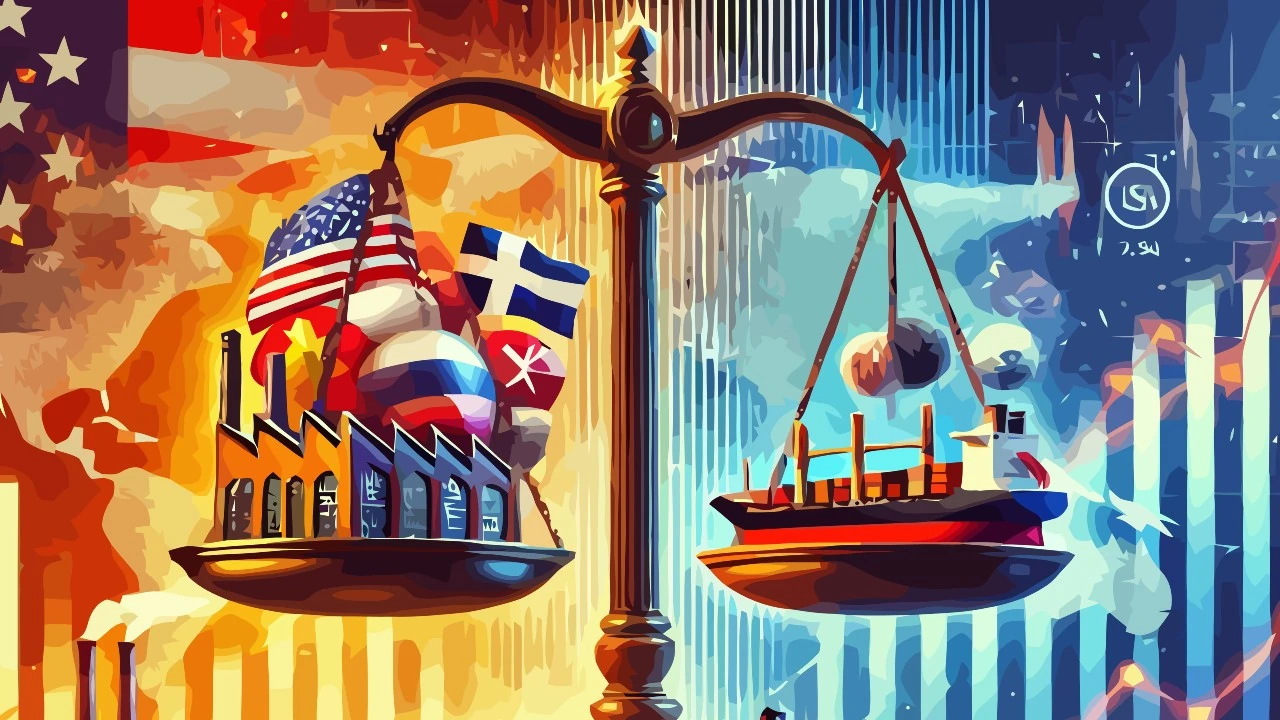





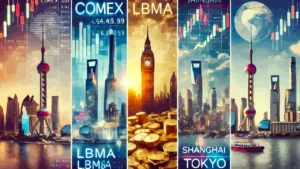
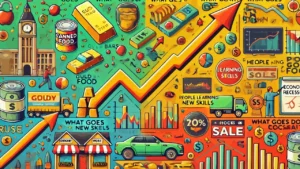
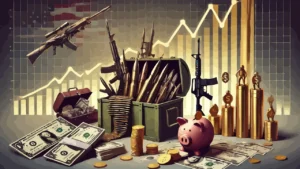
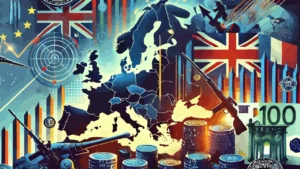
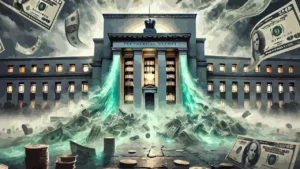
Leave a Reply